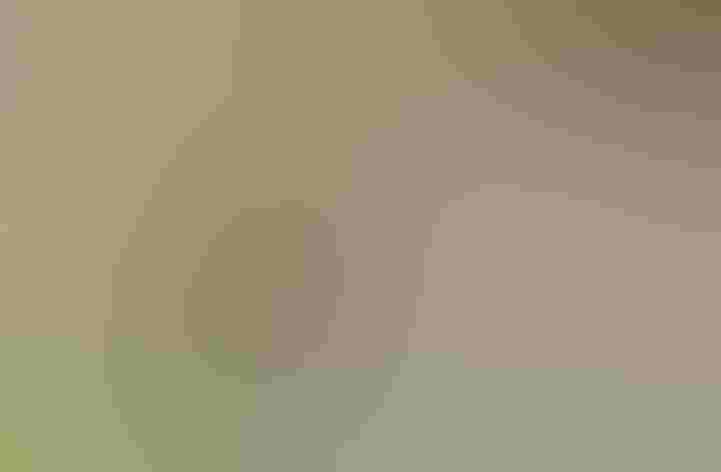Baltimore Oriole
At a Glance
One of the most brilliantly colored songbirds in the east, flaming orange and black, sharing the heraldic colors of the coat of arms of 17th-century Lord Baltimore. Widespread east of the Great Plains, Baltimore Orioles are often very common in open woods and groves in summer. Their bag-shaped hanging nests, artfully woven of plant fibers, are familiar sights in the shade trees in towns. This bird was formerly considered to belong to the same species as the western Bullock's Oriole, under the combined name of Northern Oriole.
All bird guide text and rangemaps adapted from Lives of North American Birds by Kenn Kaufman© 1996, used by permission of Houghton Mifflin Harcourt Publishing Company. All rights reserved.
Category
Blackbirds and Orioles, Perching Birds
Conservation
Low Concern
Habitat
Fields, Meadows, and Grasslands, Forests and Woodlands, Shrublands, Savannas, and Thickets, Urban and Suburban Habitats
Region
Eastern Canada, Florida, Great Lakes, Mid Atlantic, New England, Plains, Rocky Mountains, Southeast, Texas, Western Canada
Behavior
Direct Flight
Population
12.000.000
Range & Identification
Migration & Range Maps
Migrates in flocks. Fall migration begins early, with many birds departing in July and August.
Description
7-8 1/2" (18-22 cm). Boldly marked black and orange adult male is unlike any other eastern bird. Female brown above, tinged orange below, with white wing-bars, variable black on head. On Great Plains, often interbreeds with Bullock's Oriole, producing hybrids with intermediate pattern.
Size
About the size of a Robin
Color
Black, Green, Orange, White, Yellow
Wing Shape
Rounded
Tail Shape
Rounded, Square-tipped
Songs and Calls
Clear and flute-like whistled single or double notes in short, distinct phrases with much individual variation.
Call Pattern
Falling, Undulating
Call Type
Buzz, Chatter, Flute, Whistle
Habitat
Open woods, riverside groves, elms, shade trees. Breeds in deciduous or mixed woodland, generally in open woods or edges rather than interior of dense forest. May be common in trees in towns. Often favors elms. Winters mostly in the tropics around forest edge and semi-open country.
Sign up for Audubon's newsletter to learn more about birds like the Baltimore Oriole
Behavior
Eggs
4-5, sometimes 3-6. Bluish white to pale gray, with brown and black markings concentrated at larger end. Incubation is by female, about 12-14 days.
Young
Both parents feed the nestlings. Young leave nest about 12-14 days after hatching.
Feeding Behavior
Forages by searching for insects among foliage of trees and shrubs. Sometimes flies out to catch insects in midair. Visits flowers for nectar, and will come to sugar-water feeders; also will come to pieces of fruit put out at feeders.
Diet
Insects, berries, nectar. In summer feeds mostly on insects, especially caterpillars, including hairy types avoided by many birds; also eats beetles, grasshoppers, wasps, bugs, and others, plus spiders and snails. Eats many berries and sometimes cultivated fruit. Feeds on nectar and will take sugar-water.
Nesting
Male sings to defend nesting territory. In courtship, male faces female and stretches upright, then bows deeply with tail spread and wings partly open. Nest site is in tall deciduous tree, placed near end of slender drooping branch, usually 20-30' above the ground but can be 6-60' up or higher. Nest (built by female, sometimes with help from male) is a hanging pouch, with its rim firmly attached to a branch. Nest is tightly woven of plant fibers, strips of bark, grapevines, grass, yarn, string, Spanish moss, lined with fine grass, plant down, hair.
Climate Vulnerability
Conservation Status
Still widespread and common, but surveys show declines in recent decades. In the mid 20th century, Dutch elm disease killed many of the American elms that had been favorite nesting trees for this species in the past.
Climate Threats Facing the Baltimore Oriole
Choose a temperature scenario below to see which threats will affect this species as warming increases. The same climate change-driven threats that put birds at risk will affect other wildlife and people, too.








